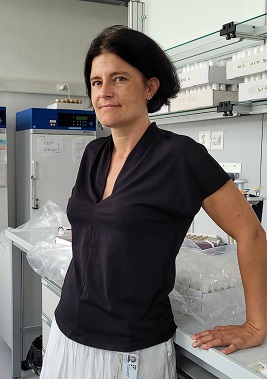
| Anne C. von Philipsborn Professor
I did a PhD in Germany and a postdoc at the IMP in Vienna, Austria. In 2014, I joined DANDRITE, the Danish Institute of Translational Neuroscience, at Aarhus University and established the lab. In February 2022, we moved to the University of Fribourg, Switzerland, where I am currently a full professor at the Faculty of Science and Medicine. |
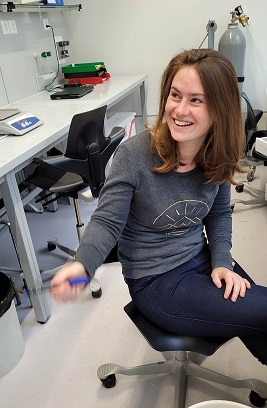 | Lina Verbakel Postdoc |
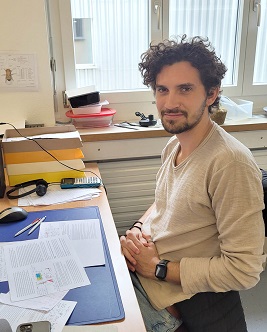
| Martin Bernet PhD Student |
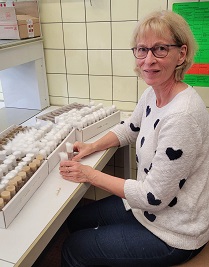
| Laurence Clément Laboratory Technician
|

| Valérie Salicio Laboratory Technician
|
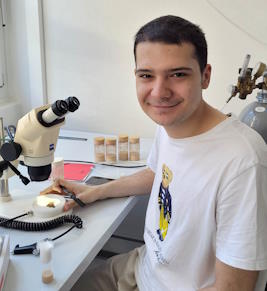 | Vladimir Trajanovikj PhD Student
|
 | Valeria Panariello PhD Student
|
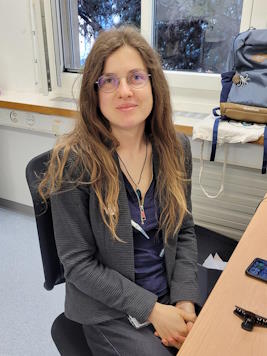 | Sabina Avosani Postdoc
|
Alumni
Malou Niada, Bachelor Student
Bijayalaxmi Swain, PhD student (now Aarhus University)
Peter Kerwin, PhD student
Angelos Roupas, Erasmus Plus Student (now Cell Therapy Technician, Kite Pharma)
Jens Lindengren Andersen, Bachelor Student
Kawtar Cherkaoui, Research Intern (now Aarhus University)
Sean Hansen, Student Help (now PhD student Aarhus University)
Per Rosing Mogensen, IT Employee
Anna Prudnikova, Laboratory Technician (now Biomedicine, Aarhus University)
Julia Döring, Erasmus Plus Student
Hanna Grzesik, Erasmus Plus Student
Martyna Bączek, Erasmus Plus Student
Kawtar Cherkaoui, Erasmus Student
Baptiste Bertagne, Erasmus Student
Stella Nolte, Postdoc (now Biomedicine, Aarhus University)
Bárður Eyjólfsson Ellendersen, PhD Student (now Viminco, Denmark)
Angela O’Sullivan, PhD Student (now Eli Lilly, Cork, Ireland)
Francesca Barbieri, Erasmus Student
Jiasheng Yuan, Research Assistant
Volker Berendes, Postdoc (now University Bielefeld, Germany)
Hoger Amin, Master Student (now University of Sheffield, UK)
Begoña López Arias, Postdoc
Yanan Zhang, Erasmus Student
Andreas Brydenfelt Wulff, Intern (now University of Maryland, Baltimore, US)
Mateusz Kostecki, summer Intern (now Nencki Institute, Warsaw, Poland)
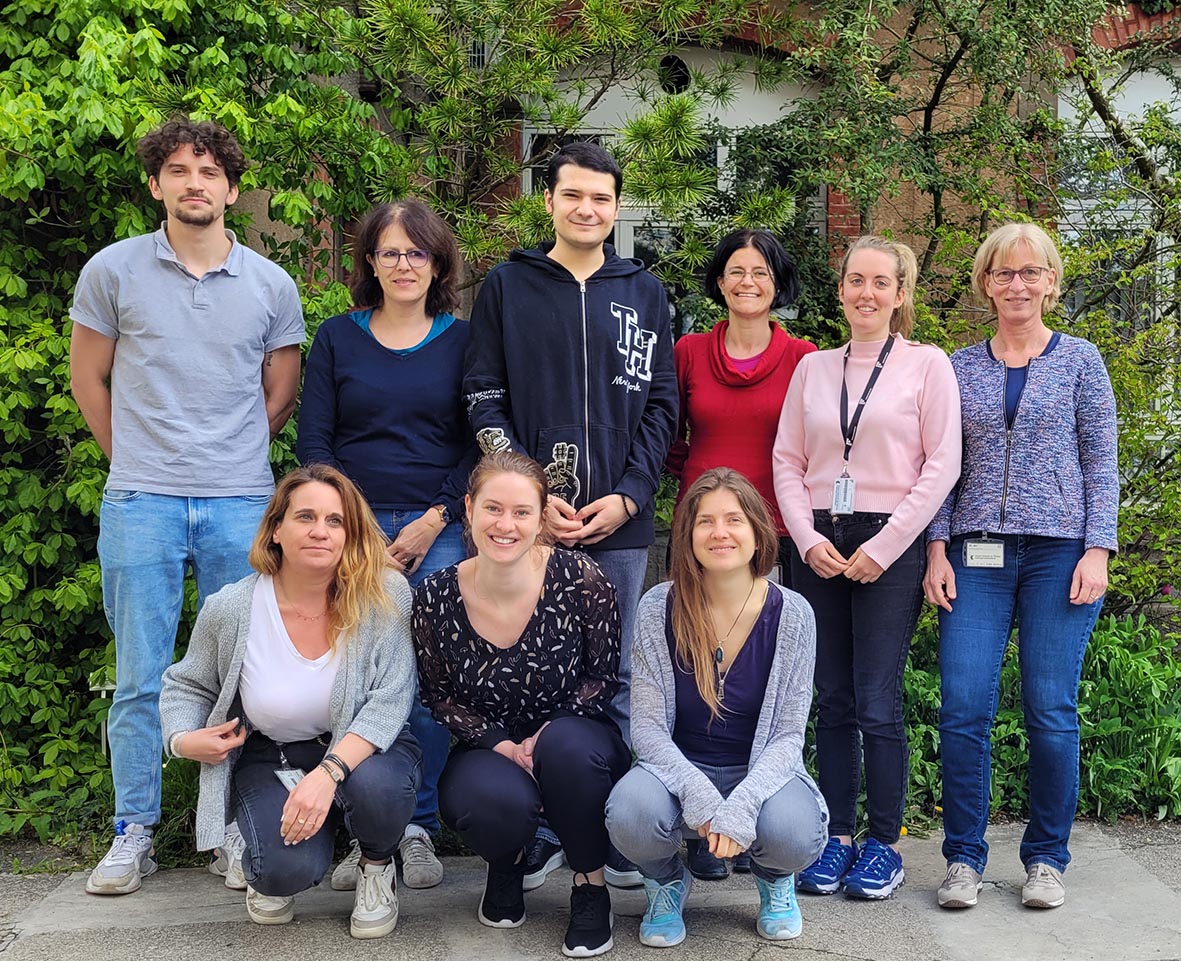
2023
|
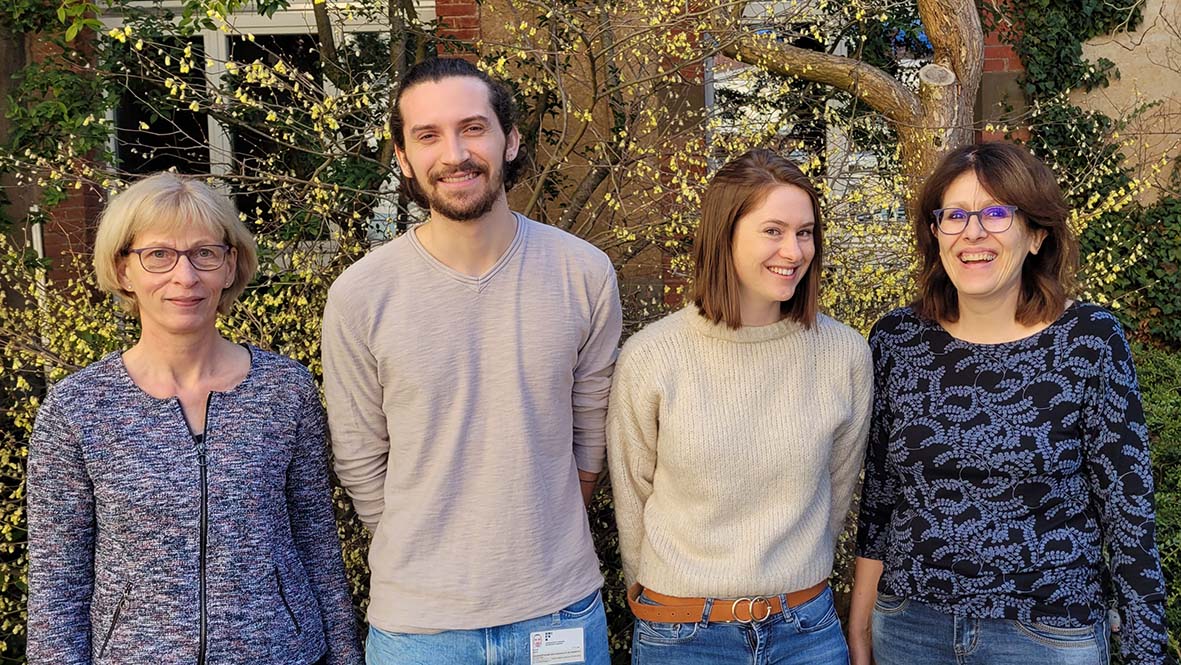 2022
|
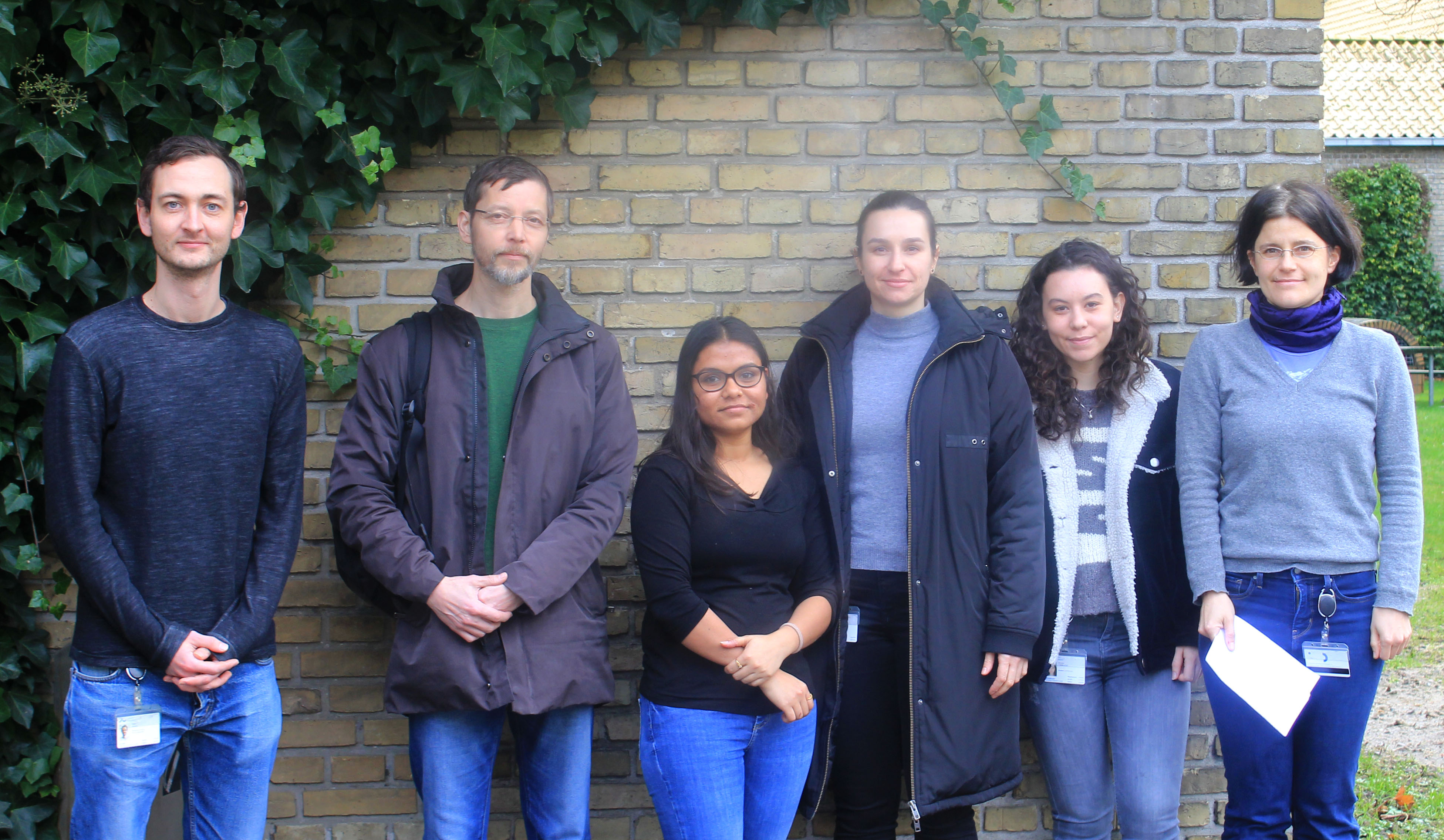 2020
|
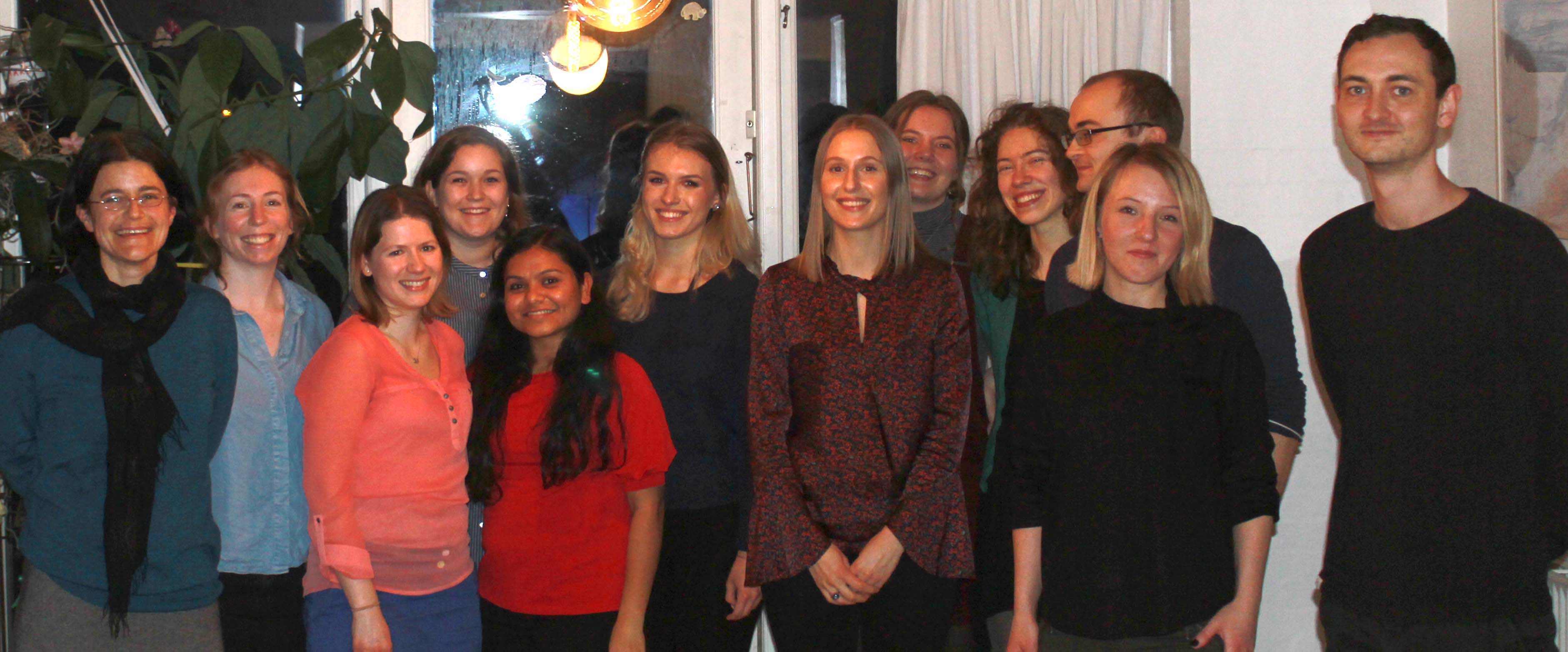 2019
|
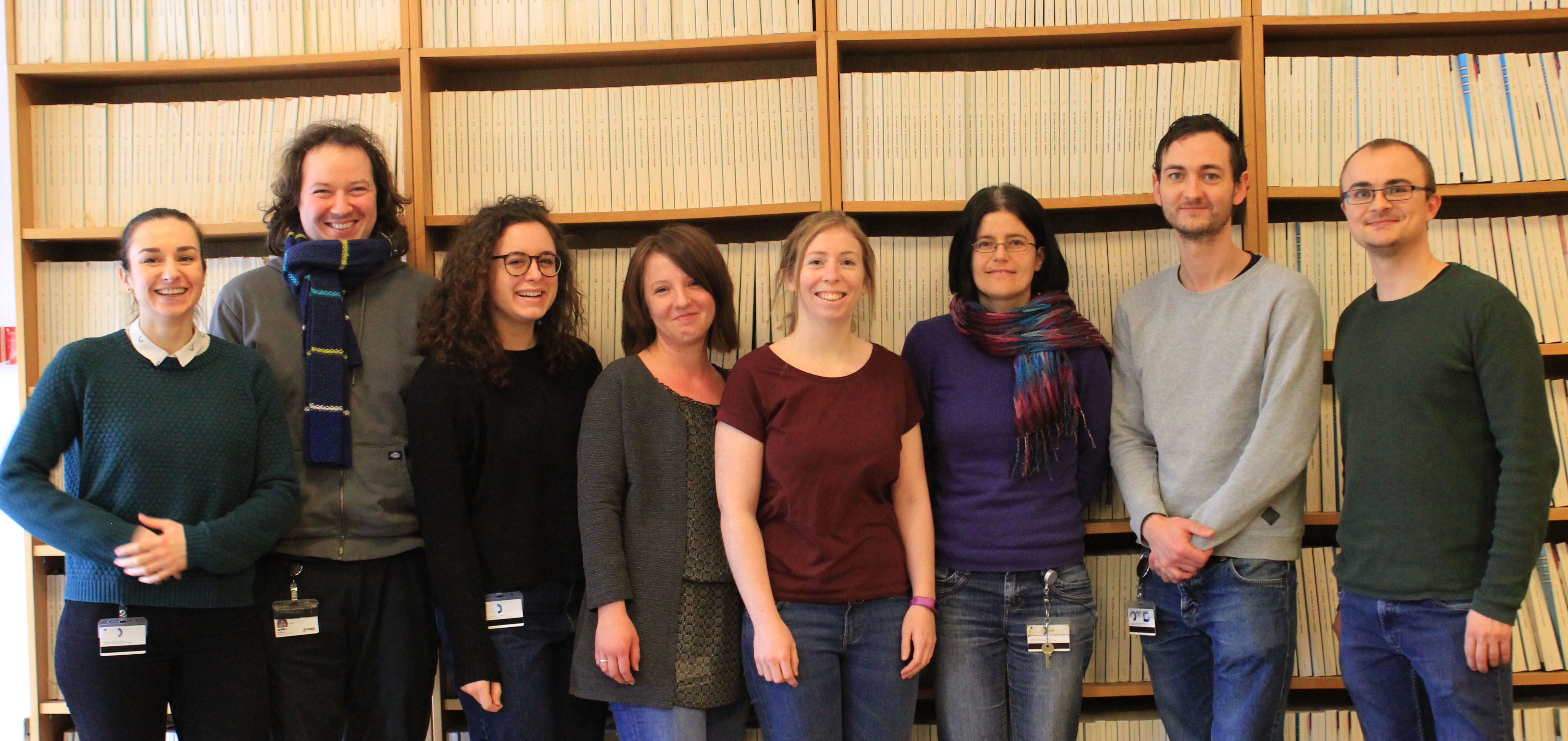 2018
|
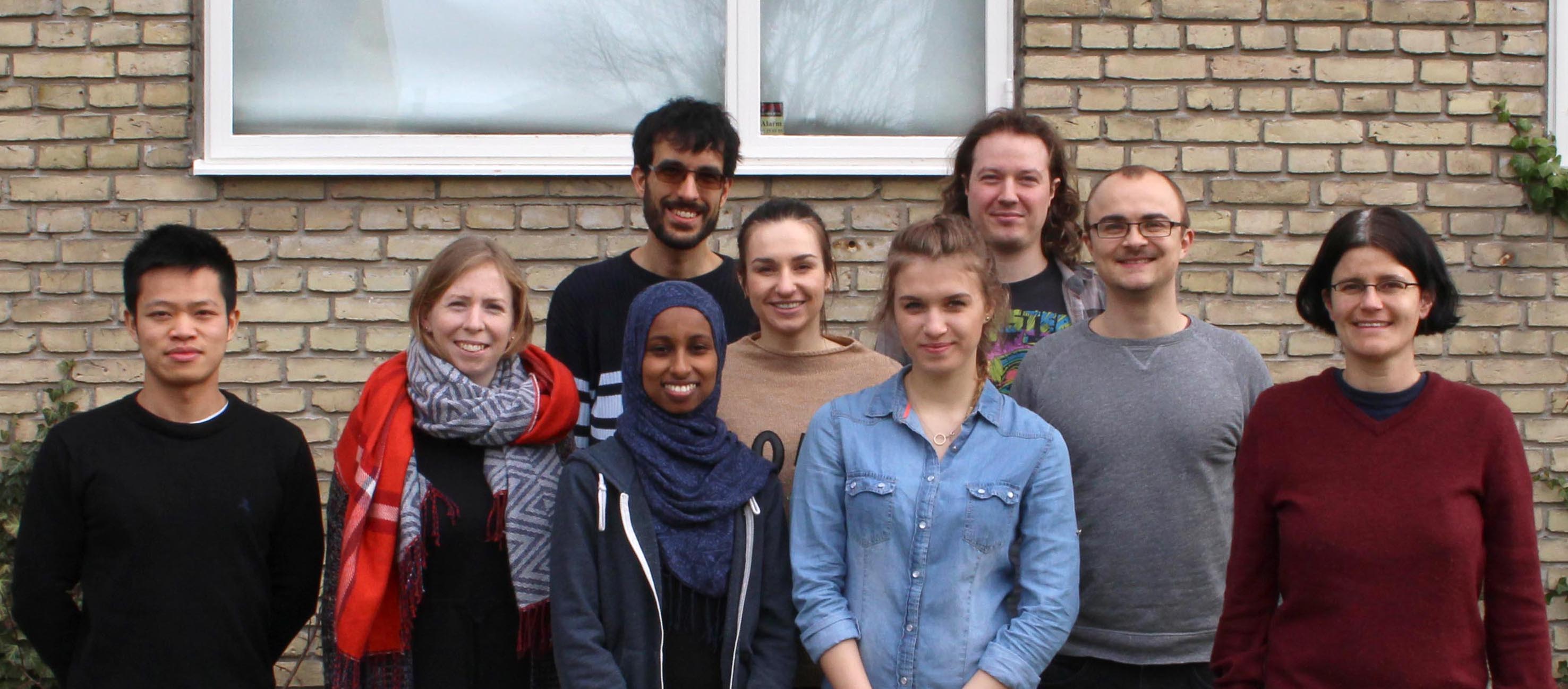 2017
|
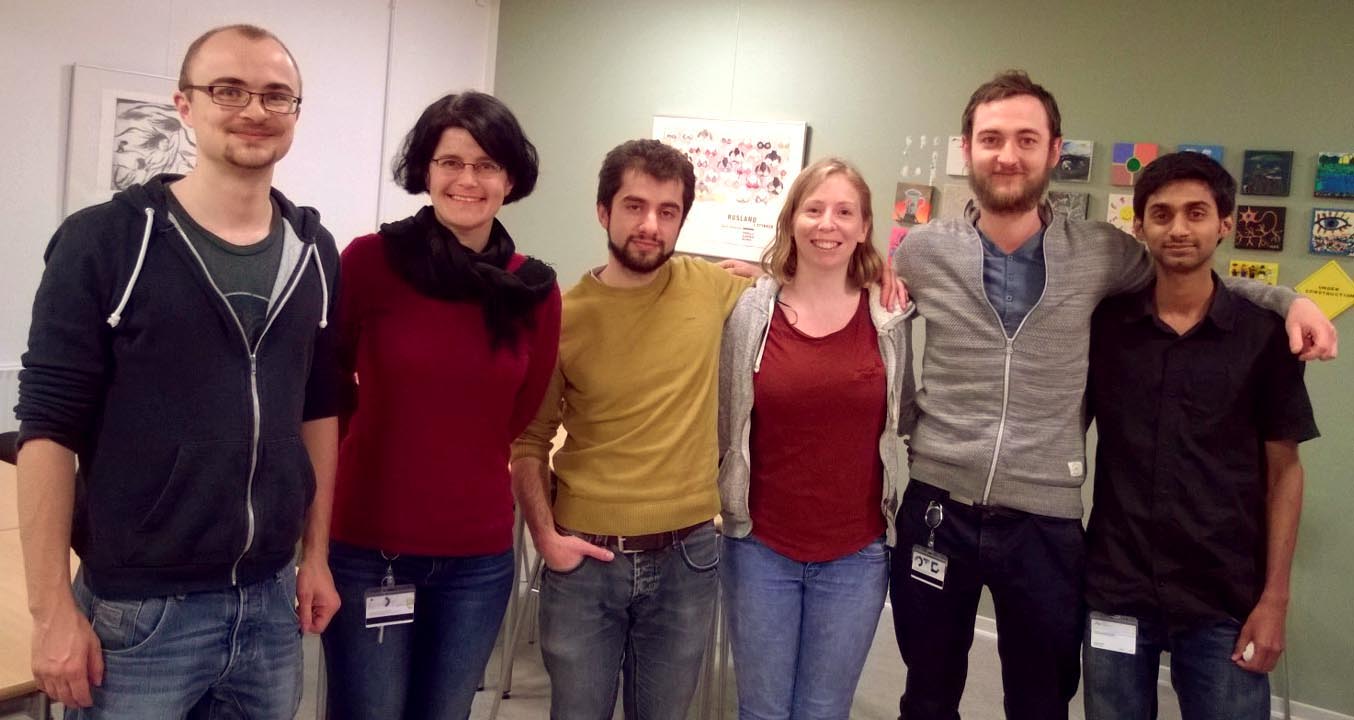 2015
|